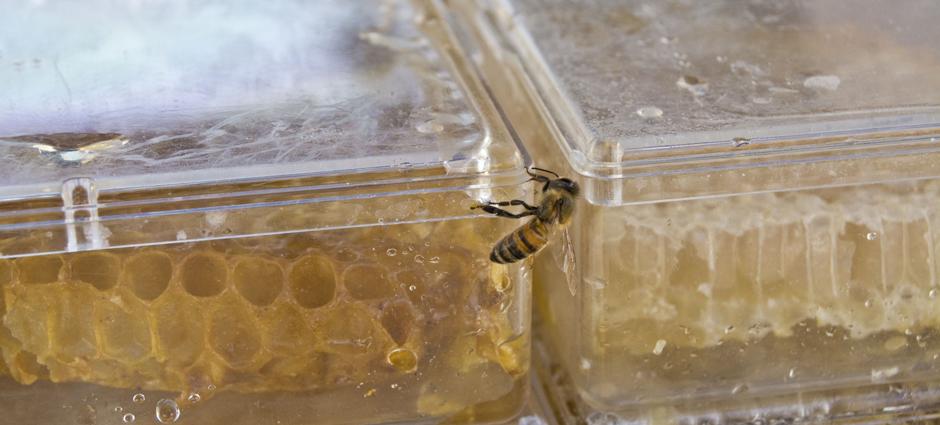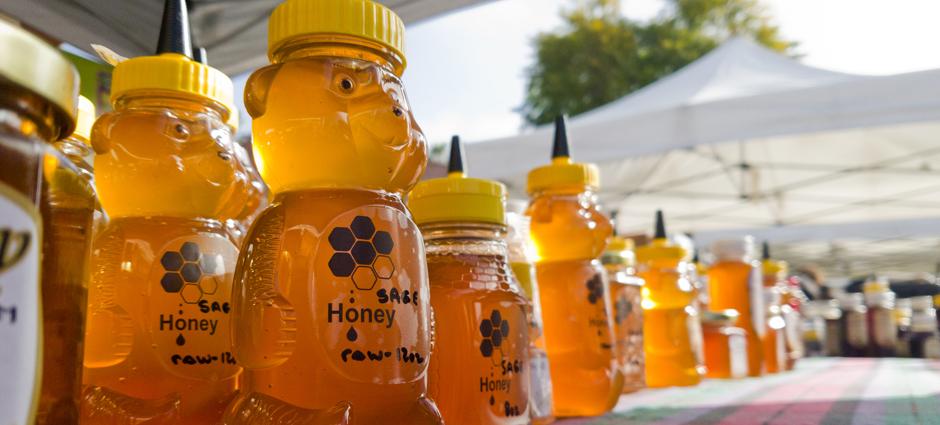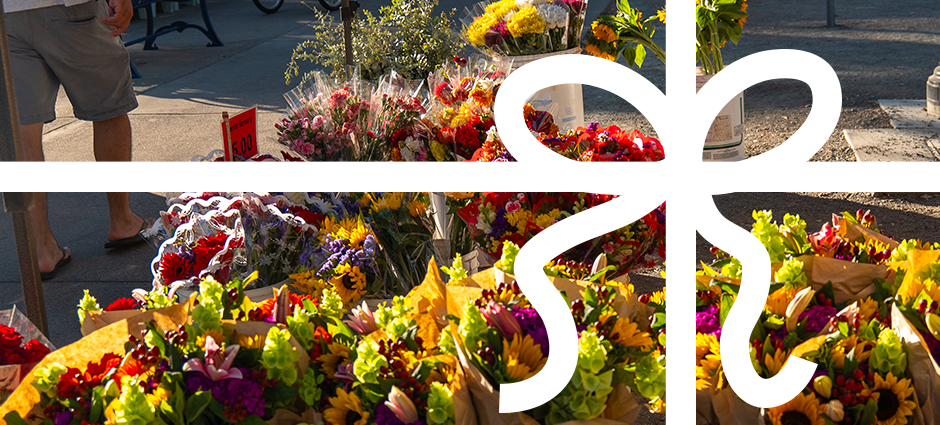Myths About Honey
A spoonful of wildflower honey on a warm biscuit, a dollop of clover honey in your tea, and a drizzle of blueberry honey in salad dressings are made possible because of honey bees. These hard-working insects are responsible for pollinating most fruits, vegetables, legumes, and more. To produce a pound of honey, bees must visit some 2 million flowers. Those floral blossoms help create more than 300 varieties of honey ranging from clover and sage to blueberry and buckwheat. There are many myths and misconceptions surrounding honey and honeybees.
All honey you buy is pure honey.
Not true. Honey fraud is quite common. Some honey you buy at the grocery store has been adulterated with high fructose corn syrup or other sweeteners or has been watered down. In April of 2014, the FDA ruled that any honey that was adulterated by the addition of sugar or corn syrup could not be labeled as “pure honey” but would have to label it as a “blend.” You can count on honey from your farmers’ market to be pure local honey. The beekeepers at your farmers’ market do not add anything to their honey and stand by its purity.
Crystallized honey has gone bad.
Crystallization, or granulation, of honey is the natural process of honey preserving itself. Typically, honey contains natural sugars and around 20% water. Because this is saturated, the glucose may separate from the water and form crystals. However, the honey is largely unchanged and remains just as tasty. An easy way to de-crystalize it is to remove the lid and microwave for 20 to 30 seconds.
White foam on honey means it is not fresh.
The white “foam” that appears at the top of honey is simply air. This “foam” is a result of tiny air bubbles in the honey escaping to the top of the bottle.
All species of bees produce honey.
Only 5% of the 20,000 species of bees in the world produce edible honey. Most bees only produce enough honey for their own survival, but not enough to harvest it for human usage.
Filtered honey is not as authentic as raw unfiltered.
Raw honey comes straight from the honeycomb. The beekeeper filters the honey just enough to remove small bits of pollen and beeswax. Filtered, or pasteurized, honey is clear and smooth. The pasteurization process (adding high heat) increases its shelf-life and kills yeast cells that can affect the taste of the honey, but it is still pure honey.
It’s ok to give babies honey.
Honey should never be fed to infants under one year of age because their digestive tract has not developed enough to fight off honey’s natural bacteria. Honey is otherwise a safe and wholesome food for older children and adults.


